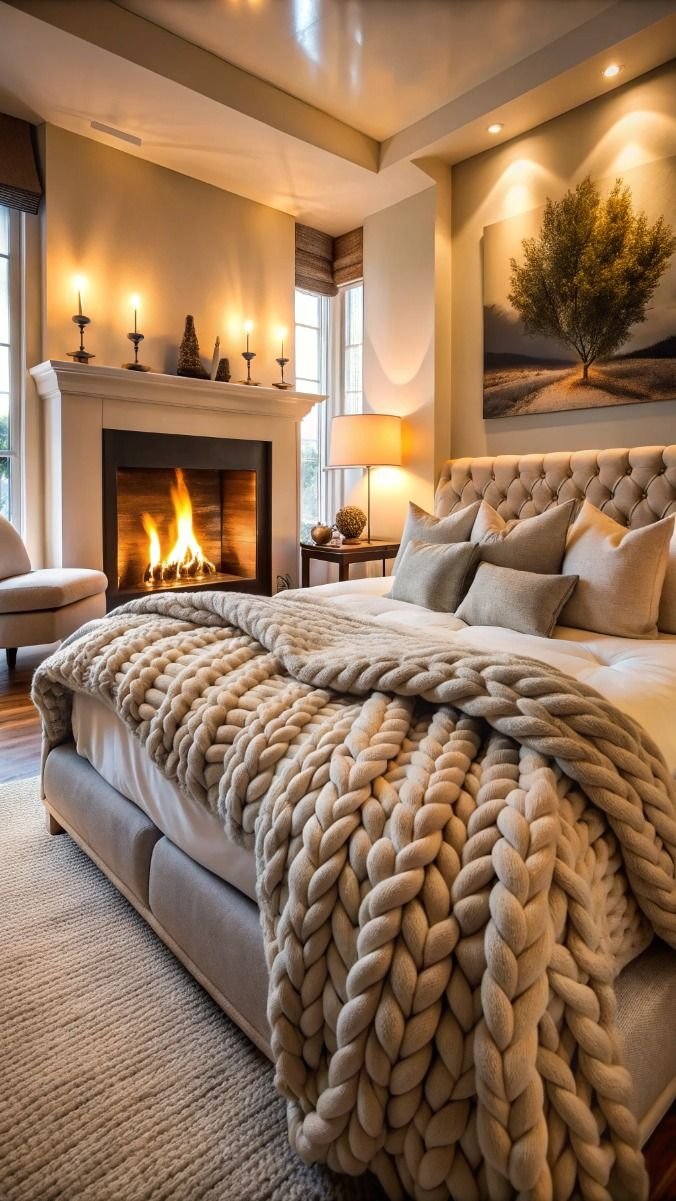Designing kid spaces is a lot of fun, but special considerations are necessary regarding safety, storage, and accessibility. Before decisions like wall coverings, furniture, and accessories, it’s important to nail down the practicalities. This quick list summarizes everything you need to know when designing a kid-friendly bathroom.
Safety Considerations
Kids are naturally accident-prone, so it’s important to make their bathroom safe for them. Here are some simple ways of doing this:
Non-Slip Flooring & Bath Mat: Wet floors are one of the biggest hazards in a bathroom for both kids and adults. To keep your family safe, we recommend non-slip tile flooring and a removable rubber mat for the bath.
Grab Bars: Consider installing removable grab bars for kids to hold onto when they are getting in and out of the bath.
Rounded Edges: Sharp corners on countertops and cabinets are a no-go in a kid’s bathroom. Instead, try rounded edges that won’t hurt when your little one accidentally bumps into them.
Soft Rug: In addition to non-slip flooring, consider a small rug that will give the floor even more traction.
Shatterproof Mirrors: While unlikely, it is possible that your child could break a mirror in the bathroom. To err on the safe side, look for a shatterproof acrylic mirror.
Secure Fixtures: Make sure all the furniture in the bathroom is anchored and childproofed. If your child is very young, you might consider putting a lock on the faucet to prevent them from using it without supervision.
Accessibility
A kid’s bathroom should be kid-sized! This might mean lowering some of the fixtures or purchasing ones to suit the needs of your child. For example, the sink should be placed at a height where they can wash their hands and brush their teeth with ease. If necessary, you can add a step stool as a temporary solution while they grow.
Storage
Without a doubt, you’re going to need storage in a kid’s bathroom. We often install low cabinets or open shelves where kids can access their towels, toiletries, and bath toys. You might also consider adding a colorful basket or bin to keep everything tidy.
Easy Clean
Kids make messes – and the easier to clean, the better. A child’s bathroom will receive daily use, so we recommend paying attention to the materials of your furniture and fixtures. From the countertops to the finishes, make sure your selections are durable and easy to clean. We also recommend mold-resistant and washable paint, plus a good ventilation system if you don’t have windows.
Creative Wall Treatments
Of course, a bathroom should be more than just purely functional. Kids love spaces that are vibrant and imaginative, like this recent art-filled bathroom design. We recommend using paint colors that are energetic, like blue, green, or yellow. You can also incorporate a specific motif through a patterned wallpaper, like a nautical, botanical, or underwater theme.
While small spaces like bathrooms can be challenging to design, they also have the potential to feel special and exciting. Safety should always come first in a kid’s room, but once you’ve got that covered, we believe in playing around with design concepts and colors. If you have any questions or would like help designing your child’s bathroom, please don’t hesitate to reach out!
Photo Credit: PINTEREST
Photo Credit: PINTEREST
Photo Credit: PINTEREST
photo credit: PINTEREST
PHOTO CREDIT: PINTEREST








































































































